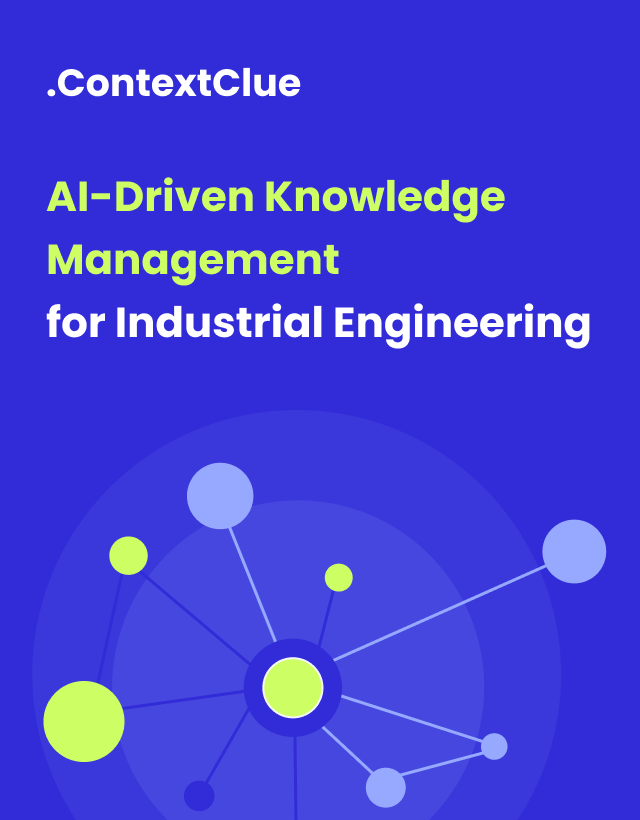
August 20, 2025
What is Business Orchestration and Automation Technologies (BOAT)?
Author:

CSO & Co-Founder
Reading time:
6 minutes
Businesses today rely on many automation tools – workflow engines, robotic process automation (RPA), CRM platforms, and more. These tools help, but they rarely work well together. The result: silos, duplicated work, and lost agility.
Business Orchestration and Automation Technologies (BOAT) solve this problem. BOAT unifies scattered tools under one platform. It acts as a central control layer that connects systems, reduces complexity, and integrates processes end-to-end.
In short: BOAT addresses the common challenge of “too many tools, not enough connection.” It gives companies efficiency, scalability, and alignment in their automation efforts.
Where did BOAT come from?
As automation grew, companies adopted RPA, low-code platforms, and bots for specific tasks. Each tool worked in isolation but created fragmented processes. Teams often had to manually fill the gaps—what analysts call “automation sprawl.”
This sprawl undermined the very efficiency automation promised. Industry leaders like Gartner and Forrester saw the need for orchestration across tools. The answer was BOAT—platforms that harmonize automation, connect data, and align workflows with business goals.
Vendors and large enterprises began building BOAT solutions. These platforms provide a governance layer, enforce compliance, and adapt in real time. BOAT quickly became essential for scaling automation beyond isolated tasks into full process transformation.
What is BOAT for?
BOAT helps organizations automate, connect, and optimize business processes from start to finish. It removes the need for manual fixes when systems don’t talk to each other. Instead, workflows move smoothly and reliably.
Key capabilities include:
- Automating Repetitive Work – Data entry, reporting, status updates. BOAT frees people for creative and strategic work.
- Cross-Team and Cross-Tool Coordination – Connects ERPs, CRMs, collaboration tools, and more so teams stay aligned.
- Data Integration – Merges data into one source of truth, eliminating silos and errors.
- AI Insights – Detects bottlenecks, predicts disruptions, and fixes issues in real time.
- Low-Code/No-Code Tools – Lets non-technical users build workflows with drag-and-drop interfaces.
Together, these features make BOAT a driver of digital transformation—improving efficiency, agility, and control across the enterprise.
Who needs BOAT?
Business Orchestration and Automation Technologies (BOAT) are emerging as essential infrastructure for organizations facing the mounting challenges of complexity, fragmentation, and scale. But who benefits most from this shift?
- For large enterprises, the answer is clear. With sprawling IT ecosystems, hundreds of applications, and geographically distributed teams, these organizations often struggle to maintain operational coherence. Disconnected automation tools may offer local efficiencies, but without centralized orchestration, the result is often chaos, duplicated work, inconsistent data, and avoidable delays. BOAT introduces a unified control layer that ensures systems, teams, and workflows move in sync, delivering the coordination and transparency required to operate at scale.
- Growing companies, meanwhile, face a different kind of pressure. In the early stages, manual workarounds and single-purpose tools may suffice. But as customer demand increases, headcount expands, and processes multiply, the cracks begin to show. Teams waste time bridging systems that don’t talk to each other, and operational complexity balloons. BOAT provides these companies with a scalable foundation, allowing them to formalize and streamline operations without losing agility—turning chaotic growth into strategic, controlled expansion.
- Even within established organizations, functional departments, such as IT, HR, finance, logistics, and operations, often carry the burden of connecting fragmented tools through repetitive manual tasks. Whether it’s onboarding a new employee, managing invoices, or reconciling supply chain data, these processes tend to span multiple systems, each with its own format, logic, and constraints. BOAT enables these departments to automate routine activities, integrate systems, and refocus human effort on tasks that require critical thinking and creativity.
In short, any organization that juggles multiple systems, teams, or processes, whether scaling up or simply trying to work smarter, stands to gain from BOAT. It is not just a solution for the overburdened; it is a strategic asset for any business seeking to align technology with performance, reduce operational drag, and prepare for a future where seamless automation is no longer optional but foundational.
Strategic use cases of BOAT in practice
BOAT platforms offer far-reaching utility across enterprise functions, enabling automation that is not only task-specific but holistically connected. Some of the most impactful applications include:
- Employee and customer onboarding: Coordinating paperwork, access provisioning, training schedules, and multi-step approvals across HR, IT, legal, and operations. Automating these workflows improves time-to-productivity for new employees and ensures a frictionless, compliant onboarding experience for customers.
- Financial process automation: Orchestrating invoice generation, approval chains, payment scheduling, and reconciliation across disparate finance and procurement systems. BOAT ensures transactional accuracy, accelerates cash flow cycles, and reduces exposure to manual errors or compliance lapses.
- Supply chain and order management: Connecting inventory systems, warehouse management software, and logistics platforms enables real-time visibility, predictive alerts, and automated exception handling. This reduces delays, improves inventory turnover, and enhances customer satisfaction.
- Customer support optimization: Integrating CRM platforms, helpdesk software, and communication tools into a single workflow ensures that customer issues are logged, routed, escalated, and resolved efficiently. BOAT enables faster response times, greater personalization, and closed-loop resolution tracking—all critical metrics in service delivery excellence.
Conclusion: Why boat matters
Business Orchestration and Automation Technologies (BOAT) represent more than a technological advancement—they embody a paradigm shift in how work is designed, executed, and optimized in the digital enterprise. At their core, BOAT platforms offer a unifying architecture that integrates fragmented automation efforts into a coherent, intelligent, and adaptive system of operations. Rather than relying on disconnected tools and manual interventions, organizations can use BOAT to create seamless, end-to-end workflows that respond in real time to internal changes, market demands, and customer needs.
This convergence of automation and orchestration delivers tangible strategic benefits. First, it drives operational simplification, enabling companies to streamline complex processes, eliminate redundancies, and reduce the cognitive and administrative burden on employees. Second, it enhances speed and responsiveness, as BOAT systems can dynamically coordinate tasks, anticipate bottlenecks, and ensure that processes flow without interruption. Third, BOAT introduces a layer of embedded intelligence—through AI-driven decision support and real-time analytics—that transforms static workflows into self-optimizing, context-aware ecosystems.
The implications extend well beyond efficiency gains. By reducing dependency on ad hoc solutions and siloed automations, BOAT empowers organizations to reallocate time, talent, and capital toward high-impact initiatives such as innovation, customer experience, and strategic growth. It supports agility at scale, enabling enterprises to pivot quickly in response to disruption, regulatory shifts, or new market opportunities without compromising compliance or control.
Ultimately, BOAT is not simply a tool for doing the same work faster—it is an instrument for rethinking what work should look like in a digitally mature organization. It elevates automation from a series of disconnected scripts to a governed, intelligent, and business-aligned capability. For leaders seeking to unlock sustainable competitive advantage in an increasingly complex environment, BOAT offers a compelling blueprint: one that harmonizes technology with strategy, efficiency with resilience, and automation with meaningful human contribution.
Category:






